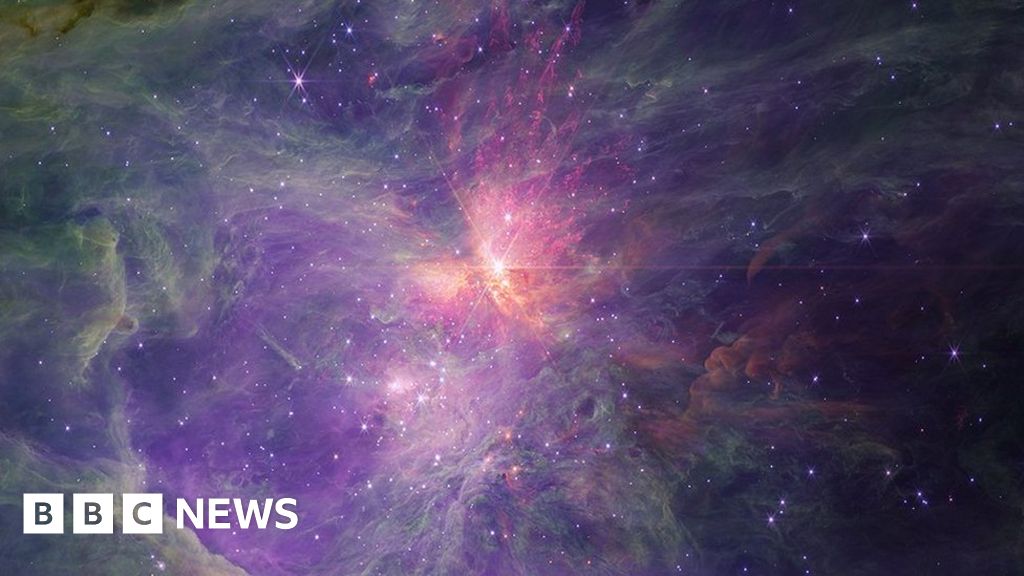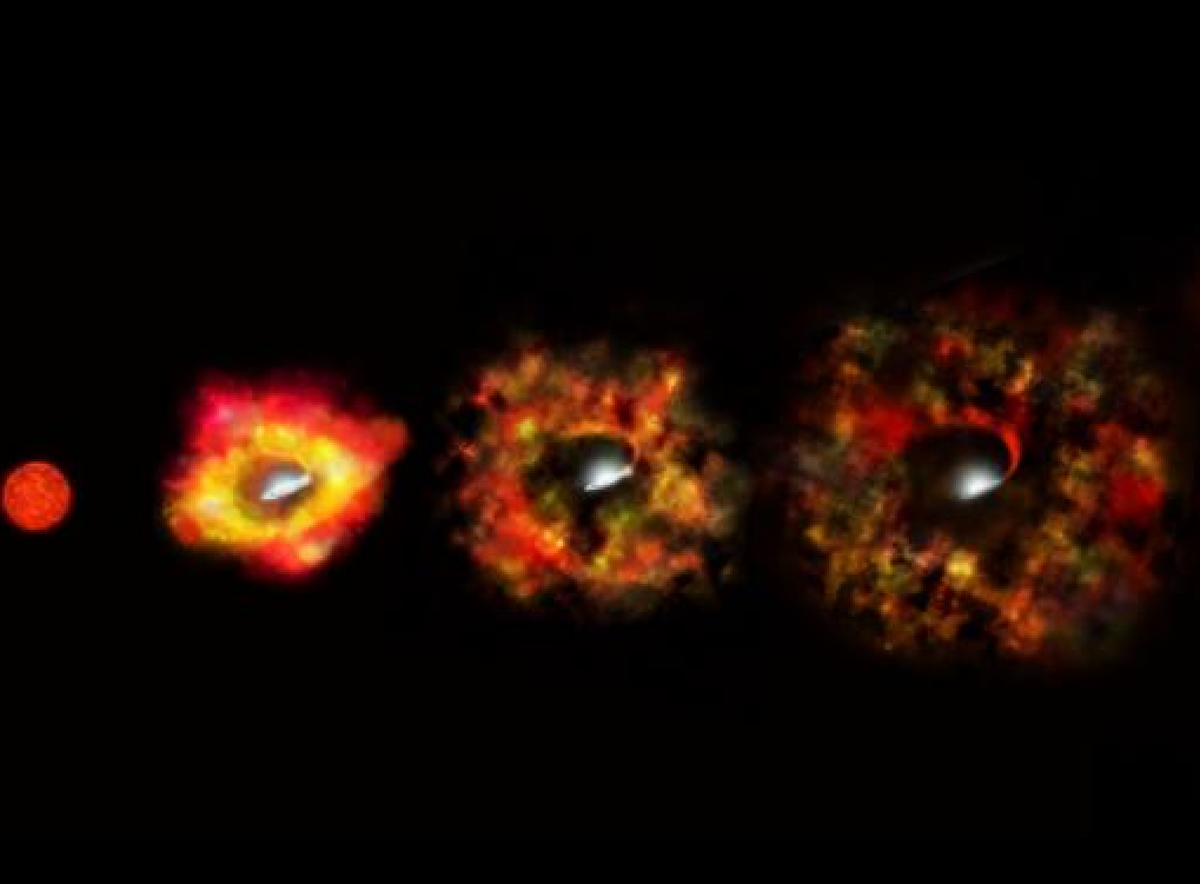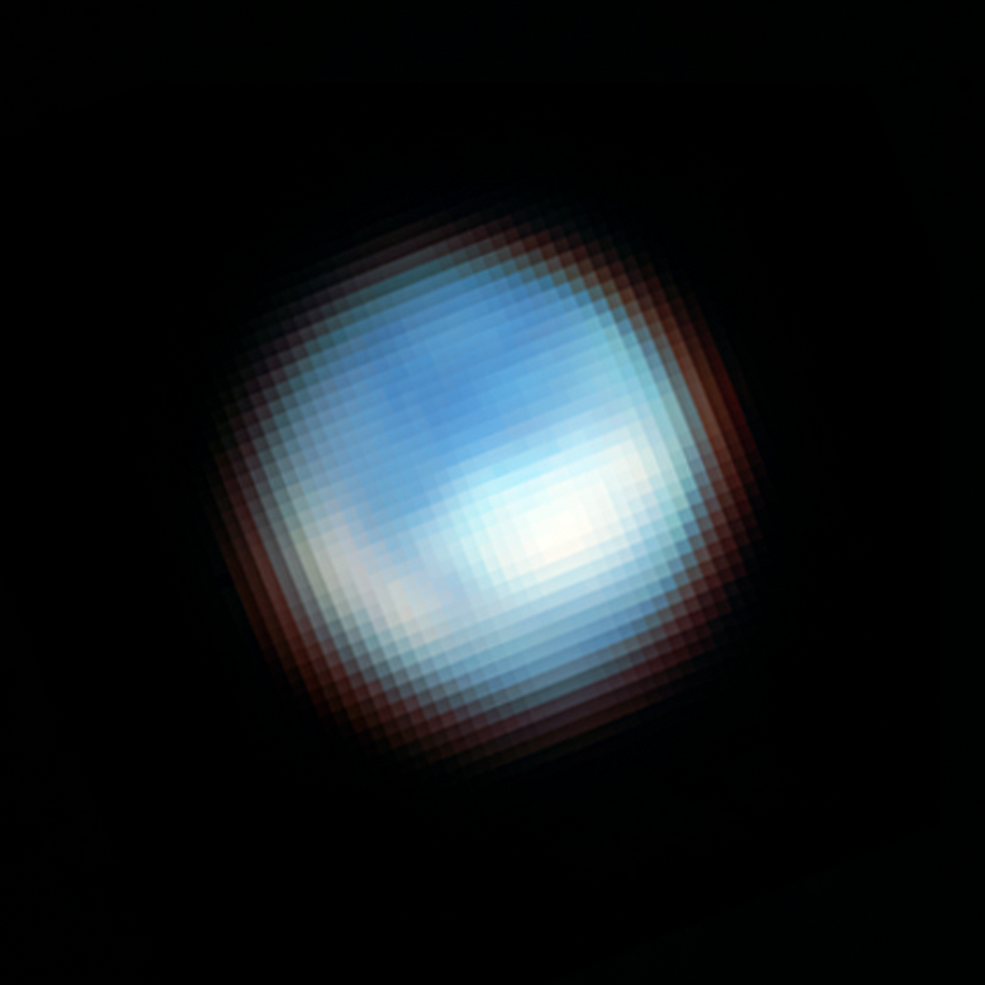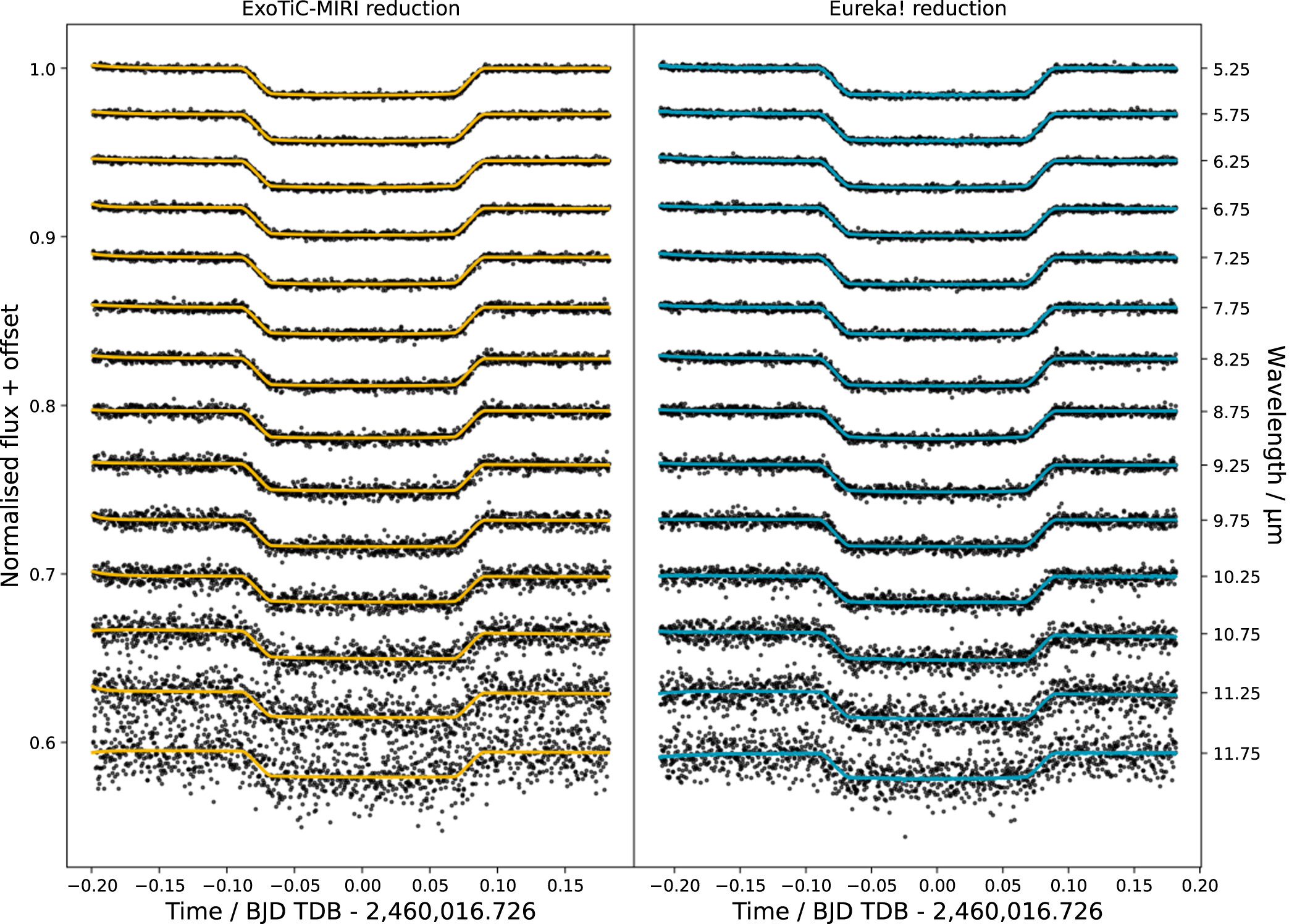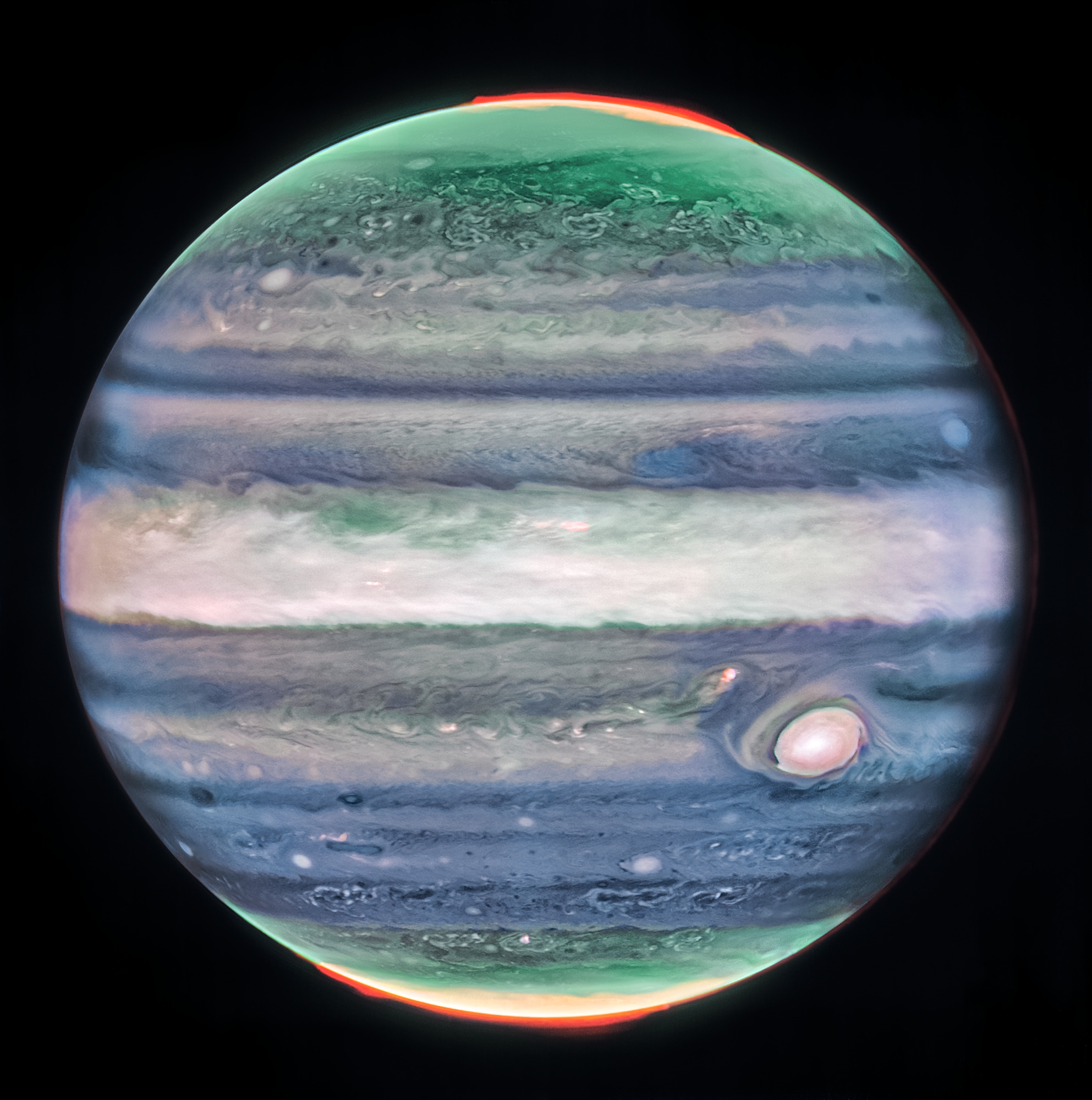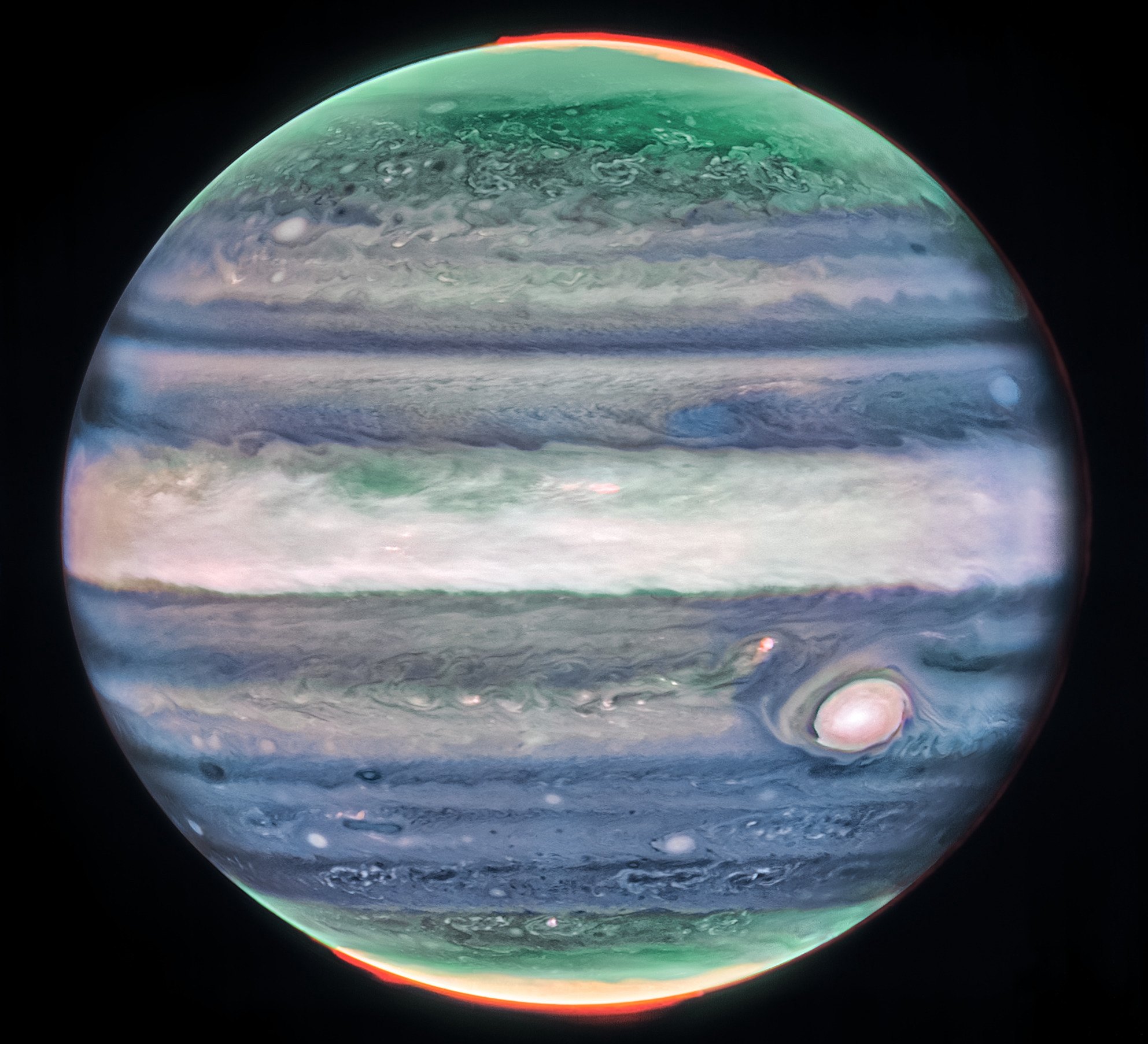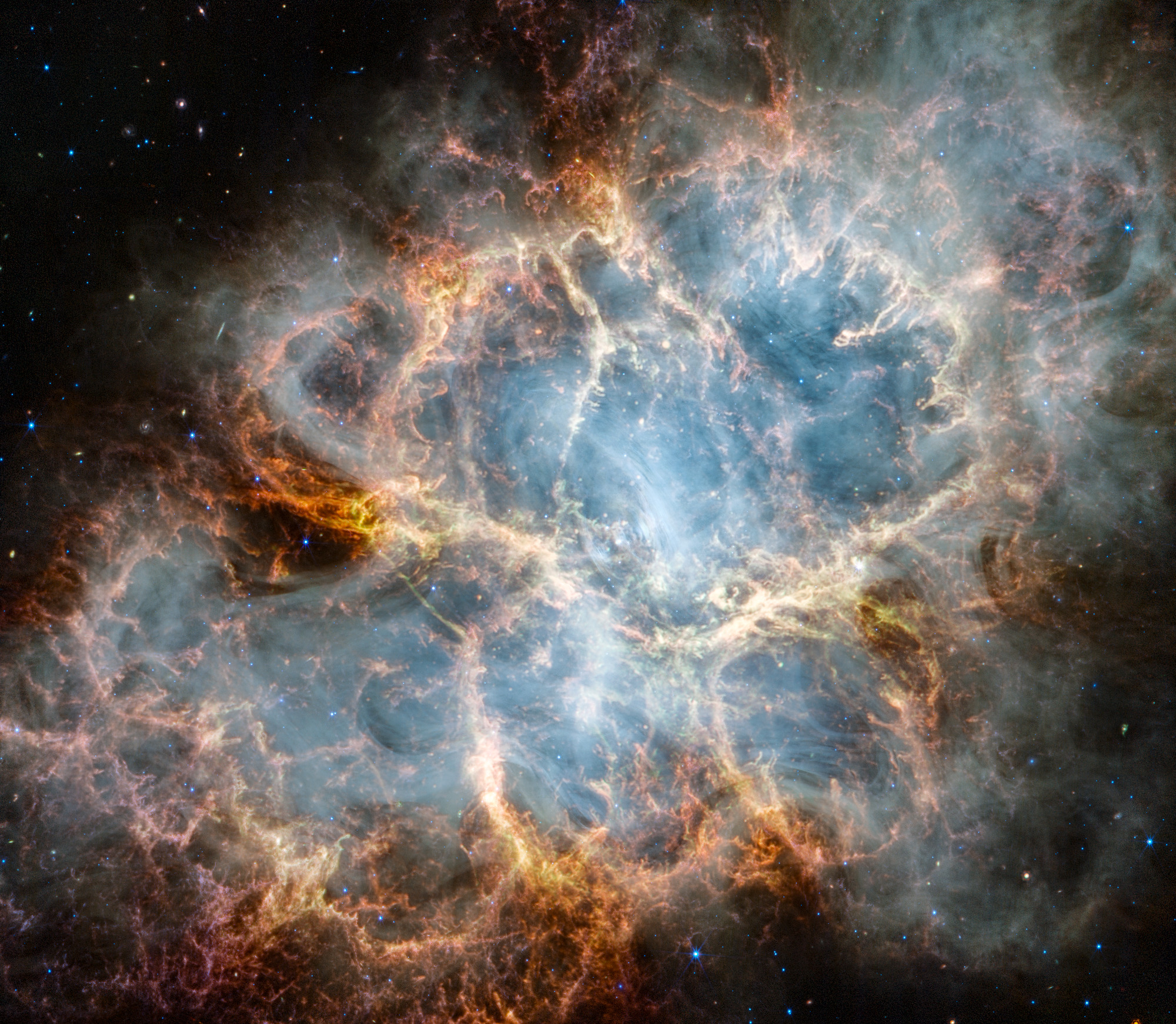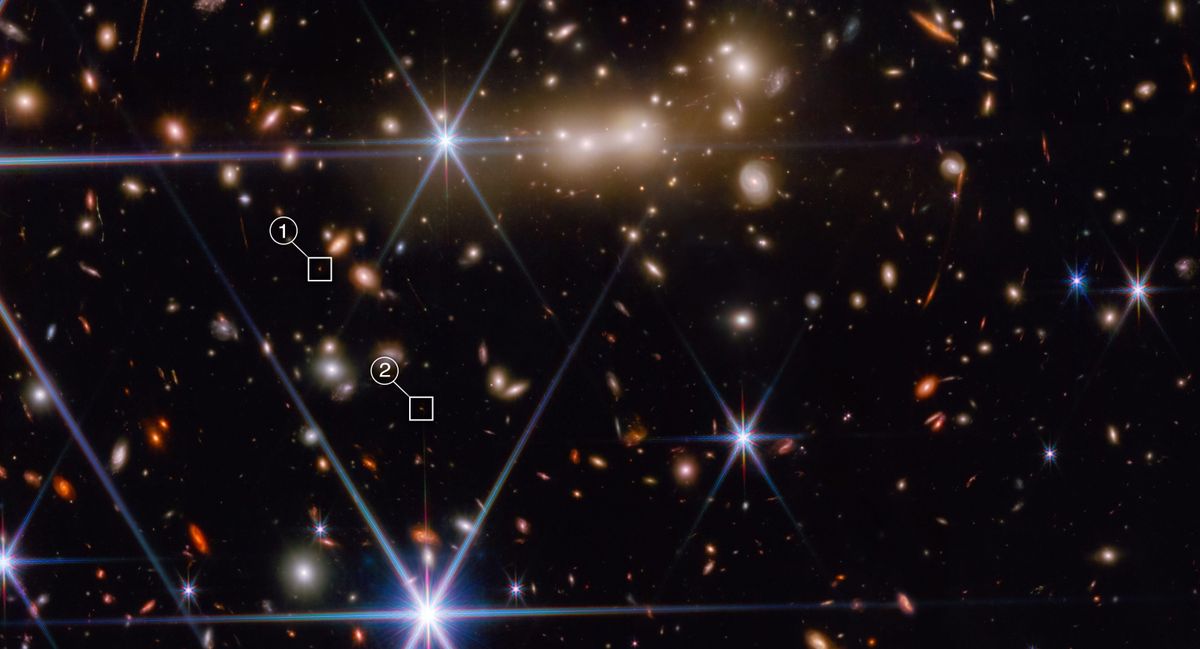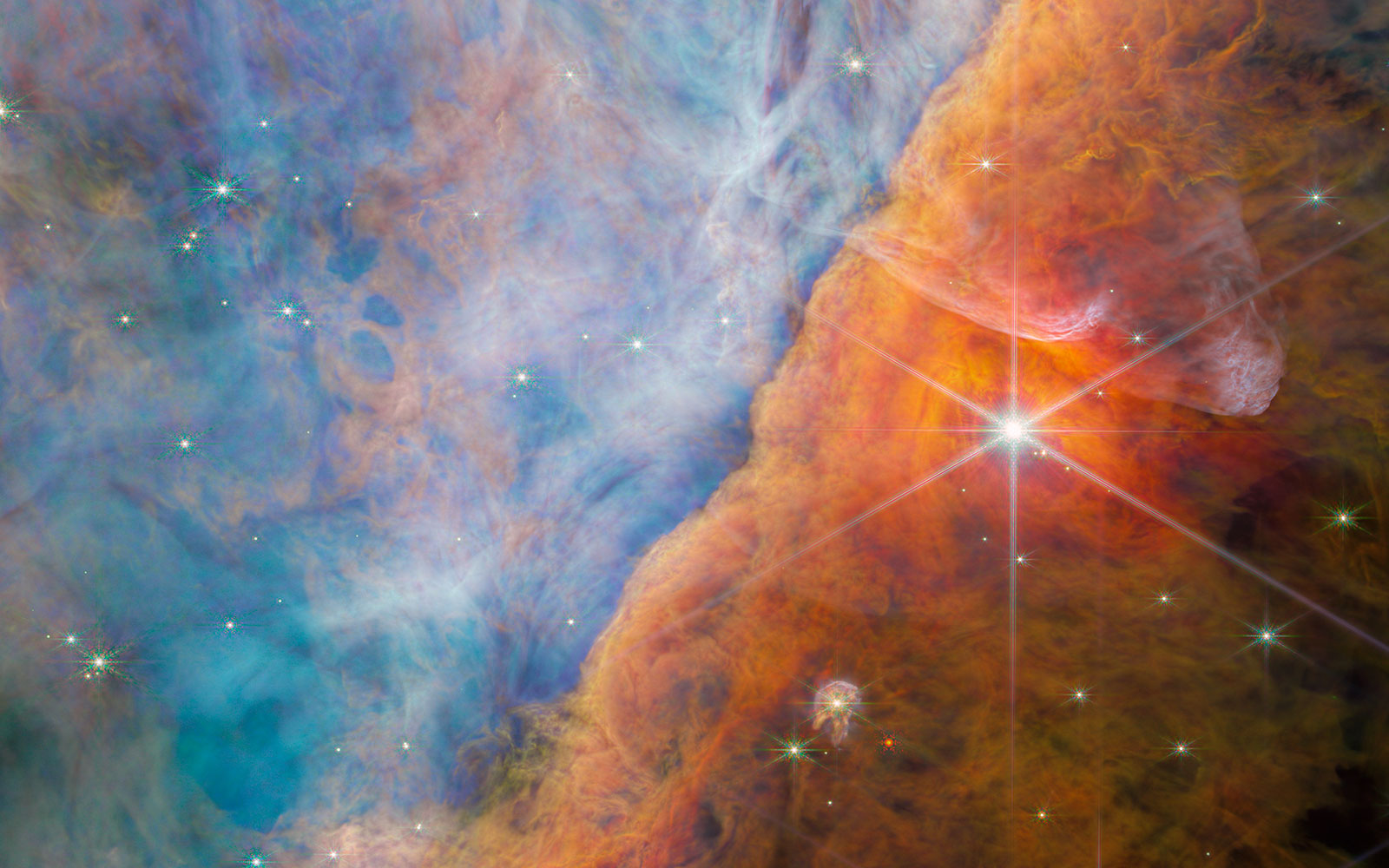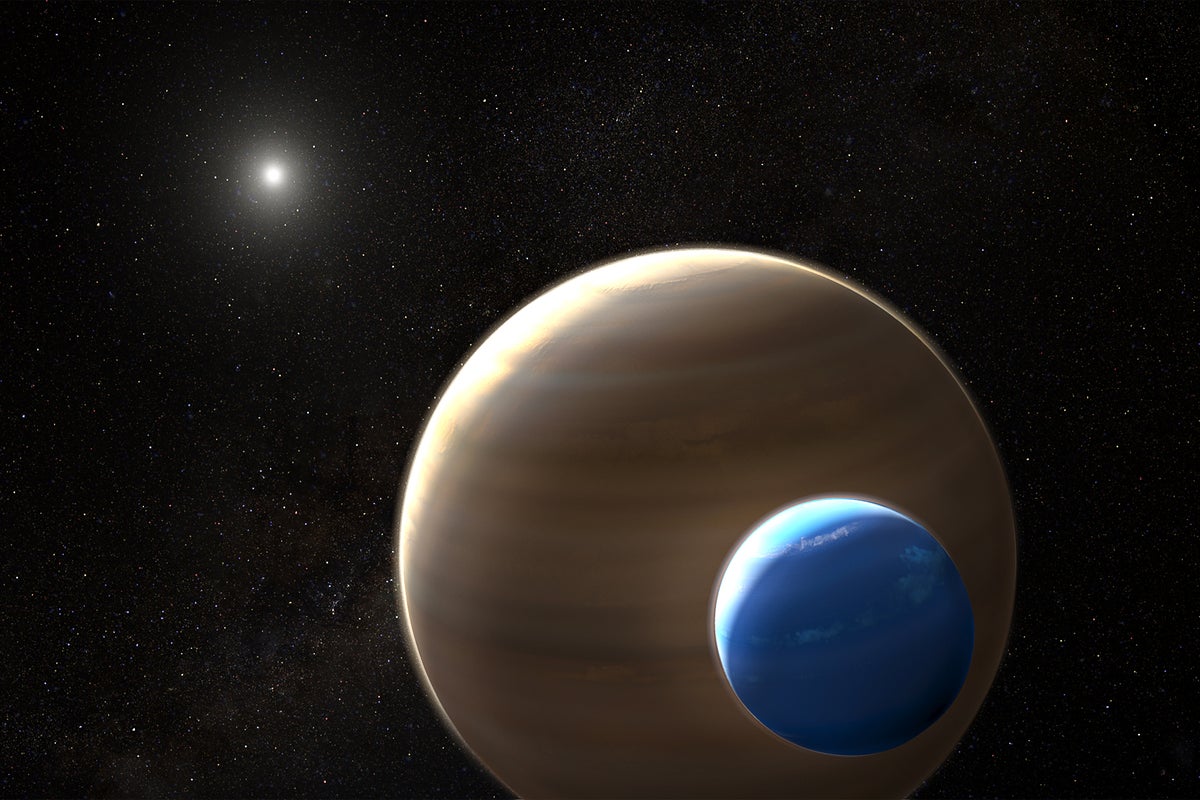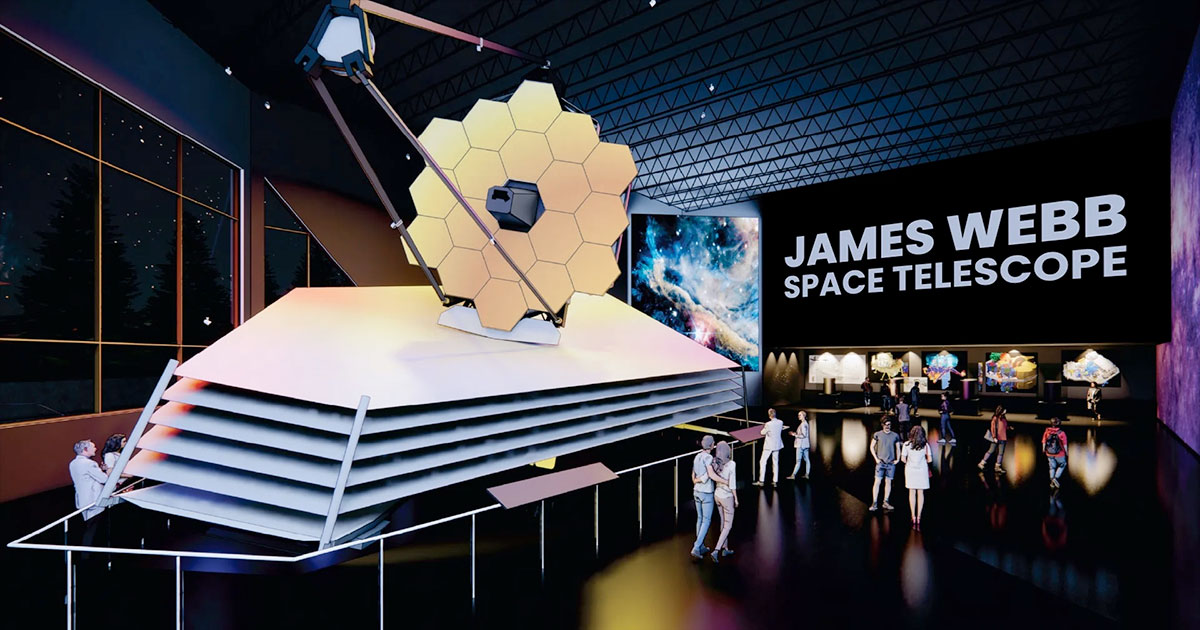- Joined
- 21 January 2015
- Messages
- 10,684
- Reaction score
- 12,344
New insights into the atmosphere and star of an exoplanet
…
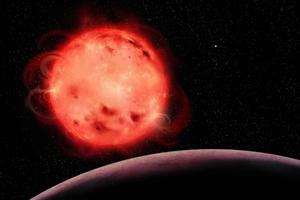
Related paper:
Astronomers led by a team at Université de Montréal has made important progress in understanding the intriguing TRAPPIST-1 exoplanetary system, which was first discovered in 2016 amid speculation it could someday provide a place for humans to live.
Not only does the new research shed light on the nature of TRAPPIST-1 b, the exoplanet orbiting closest to the system’s star, it has also shown the importance of parent stars when studying exoplanets.
Published in Astrophysical Journal Letters, the findings by astronomers at UdeM's Trottier Institute for Research on Exoplanets (iREx) and colleagues in Canada, the U.K. and U.S. shed light on the complex interplay between stellar activity and exoplanet characteristics.
…
The astronomers' key finding was just how significant stellar activity and contamination are when trying to determine the nature of an exoplanet. Stellar contamination refers to the influence of the star's own features, such as dark spots and bright faculae, on the measurements of the exoplanet's atmosphere.
The team found compelling evidence that stellar contamination plays a crucial role in shaping the transmission spectra of TRAPPIST-1 b and, likely, the other planets in the system. The central star’s activity can create “ghost signals” that may fool the observer into thinking they have detected a particular molecule in the exoplanet’s atmosphere.
New insights into the atmosphere and star of an exoplanet
A new study of the intriguing TRAPPIST-1 exoplanetary system has demonstrated the complex interaction between the activity of the system's star and its planetary features.
www.eurekalert.org
Related paper:

